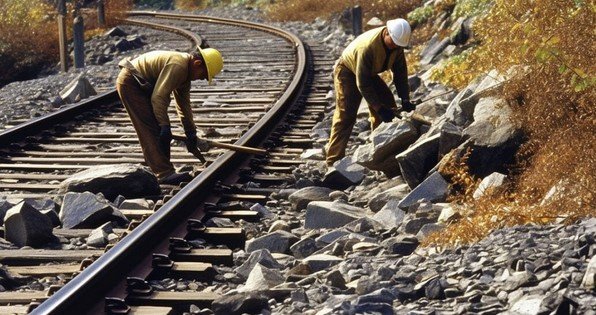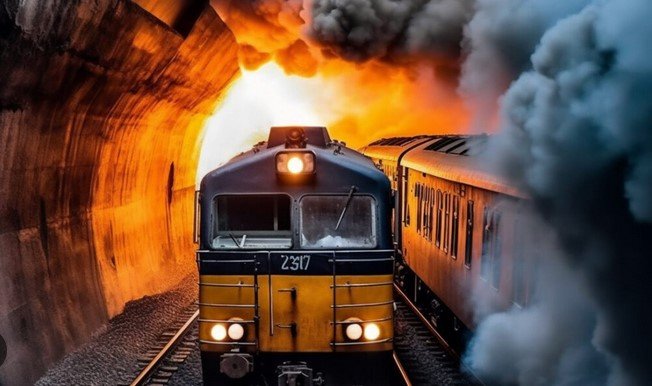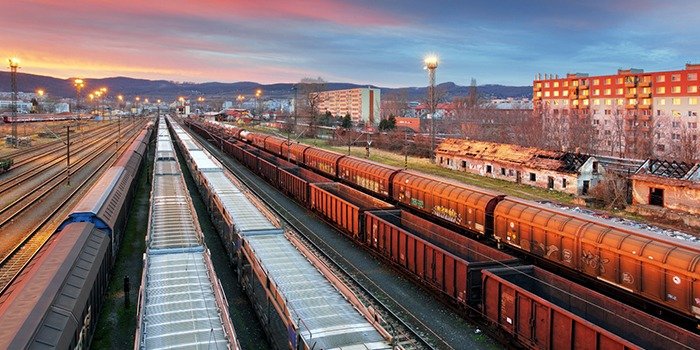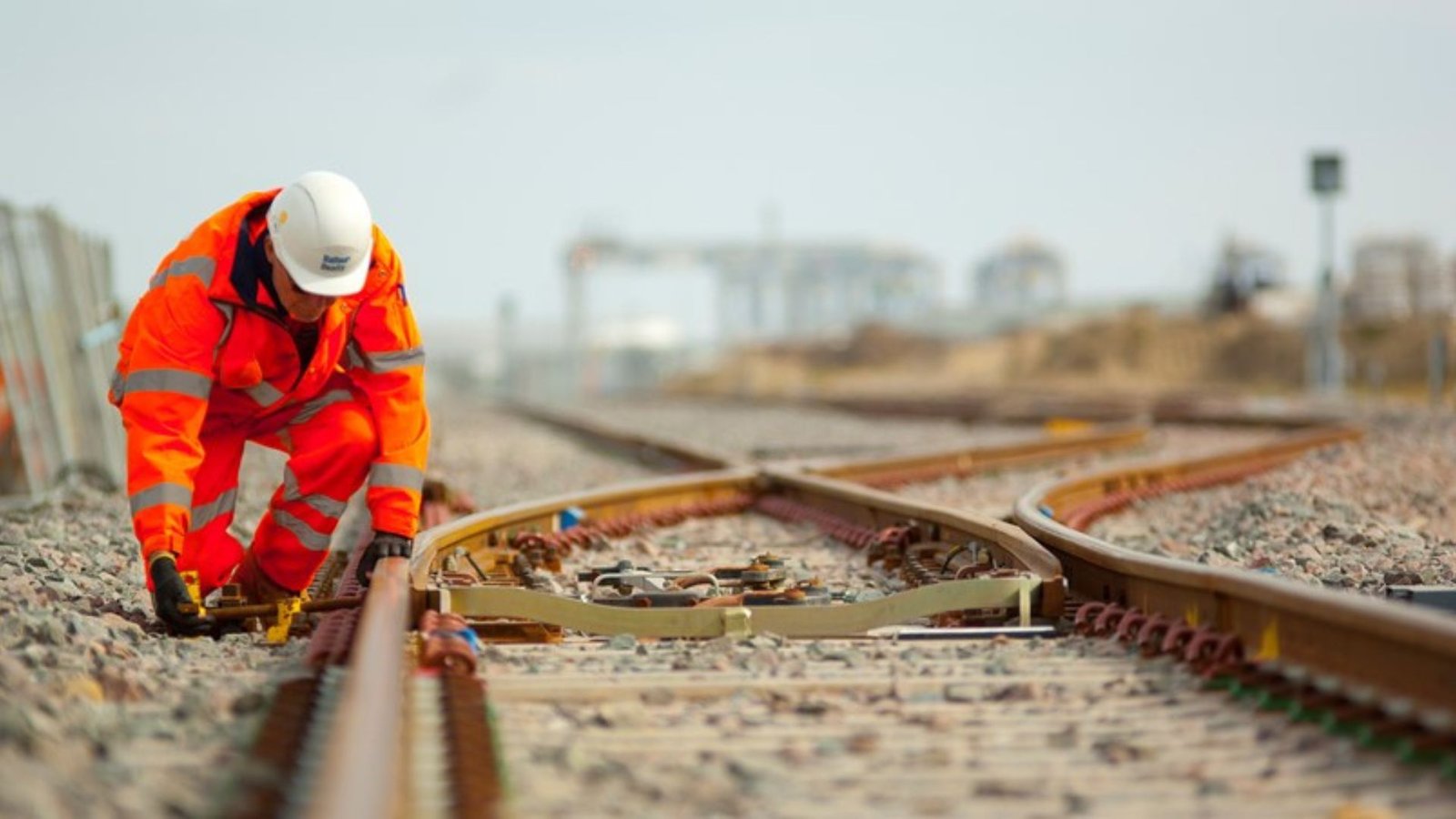The railroad industry plays a vital role in disaster recovery, providing crucial transportation and logistical support during times of crisis. Whether it is natural disasters, such as hurricanes and floods, or man-made disasters like industrial accidents, railroads offer a reliable and effective means of restoring normalcy. By rapidly transporting essential supplies and providing access to affected areas, railroads help communities recover more quickly. Let’s explore how the railroad industry contributes to disaster recovery.

Railroad Support During Natural Disasters
Railroads have proven essential during natural disasters. When roads become impassable due to flooding, hurricanes, or earthquakes, railways offer an alternative route for delivering supplies. Trains can move large quantities of food, water, medical supplies, and fuel quickly to affected regions. Their ability to transport heavy loads makes them particularly valuable when resources need to be moved in large volumes.
In addition to transporting supplies, railroads can help restore infrastructure. After hurricanes or floods, damaged bridges and roads may take months to repair. In such situations, railways are often the fastest means of reconnecting isolated communities. For example, after Hurricane Katrina, railroads were crucial in transporting aid and personnel to the affected areas, where other forms of transportation were limited or unavailable.
Efficient Distribution of Relief Supplies
Railroads provide an efficient method for distributing disaster relief supplies. Unlike road transport, which can be slowed by traffic or road damage, trains can maintain steady movement over long distances, even during emergencies. This efficiency allows for quicker relief efforts, ensuring that resources reach those in need as soon as possible.
Railroad yards and stations also serve as central hubs for organizing and distributing goods. These facilities are strategically located and well-equipped to handle large volumes of freight. During disaster recovery, railroads can coordinate with local authorities and relief organizations to prioritize essential shipments, ensuring that hospitals, shelters, and other critical areas are stocked with necessary supplies.
Rebuilding Infrastructure and Supporting Economic Recovery
Beyond providing immediate relief, railroads play a crucial role in the long-term recovery process. Once the initial disaster response has been managed, railroads are key in rebuilding the economy of affected regions. Rail systems can transport construction materials needed to repair damaged infrastructure, such as bridges, roads, and buildings.
Furthermore, railroads are essential for transporting goods that support local economies. Industries that rely on raw materials, such as agriculture, manufacturing, and energy, can get back to work more quickly with a functioning rail system. By restoring freight services, railroads help boost productivity, create jobs, and contribute to the region’s economic recovery.
The Railroad Industry’s Role in Access to Affected Areas
One of the greatest challenges in disaster recovery is accessing affected areas. Roads and airports may be closed or severely damaged, making it difficult to deliver aid or rescue personnel. Railroads, however, offer a reliable means of access to regions that are otherwise inaccessible. Trains can navigate through terrain that is difficult for other vehicles to traverse, such as mountainous areas or regions with extensive flooding.
Additionally, railroads provide a stable platform for deploying personnel and heavy machinery. After a disaster, specialized crews can be quickly transported by train to areas in need of rescue and repair efforts. This ability to mobilize large numbers of people and resources is a critical advantage in disaster recovery efforts.
The Future of Railroads in Disaster Recovery
The future of the railroad industry in disaster recovery looks promising, as rail companies continue to invest in modern technologies and infrastructure. With advancements in automation, sensors, and communication technologies, railroads are becoming more efficient in responding to disasters. For example, some rail companies are using real-time data to track weather patterns and identify potential risks, enabling them to prepare in advance for emergency situations.
In addition, sustainability initiatives in the railroad industry, such as the adoption of electrified rail lines and the use of eco-friendly locomotives, contribute to environmentally responsible disaster recovery efforts. As climate change increases the frequency and intensity of natural disasters, the role of railroads in supporting recovery efforts will likely become even more crucial.
Conclusion
In conclusion, the railroad industry plays a critical role in disaster recovery. From providing essential supplies and personnel to rebuilding infrastructure and supporting economic recovery, railroads are invaluable during times of crisis. Their efficiency, reliability, and ability to access remote areas make them indispensable for communities facing natural and man-made disasters. As the railroad industry continues to innovate and invest in new technologies, its ability to support disaster recovery will only grow, helping regions bounce back faster and stronger.




